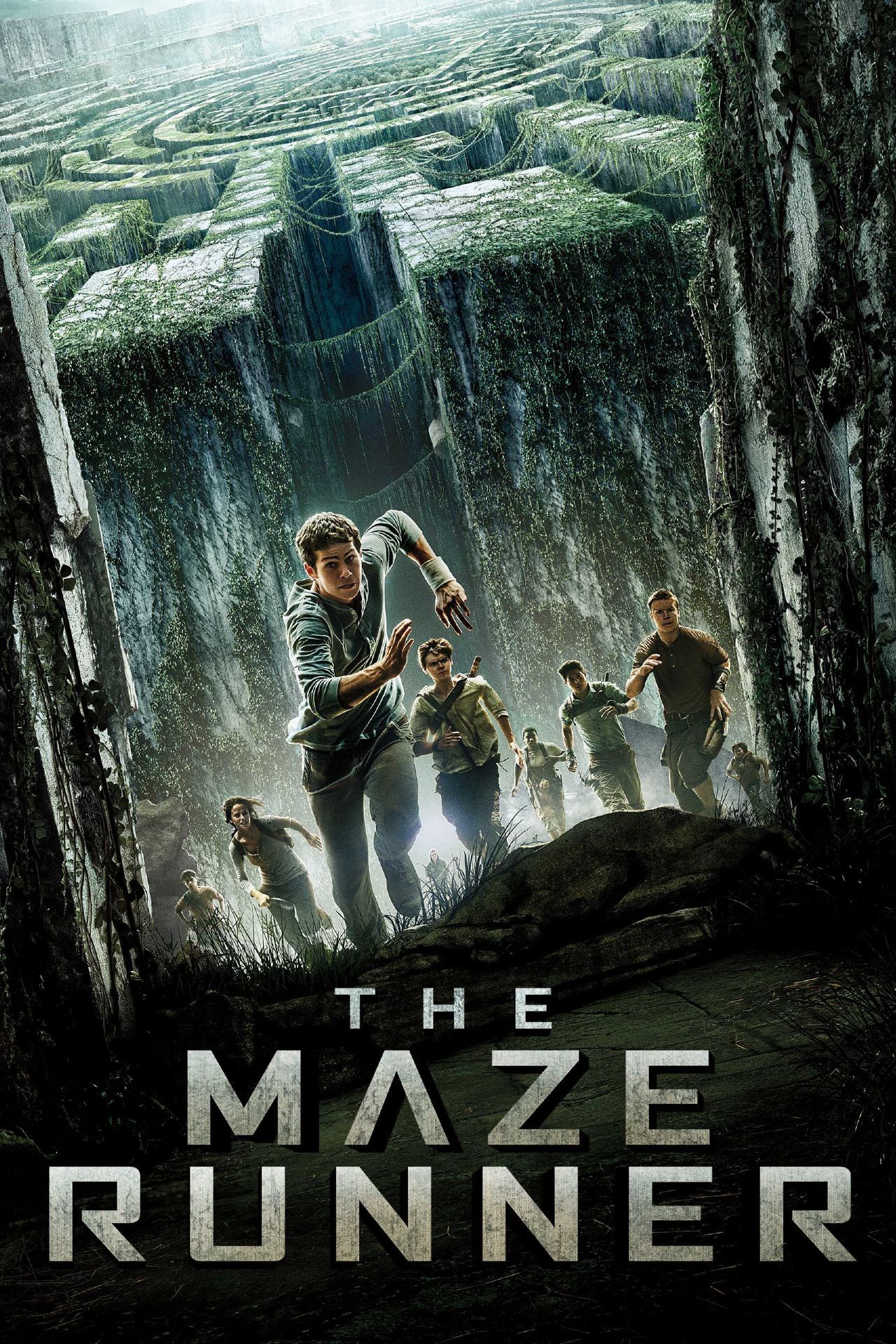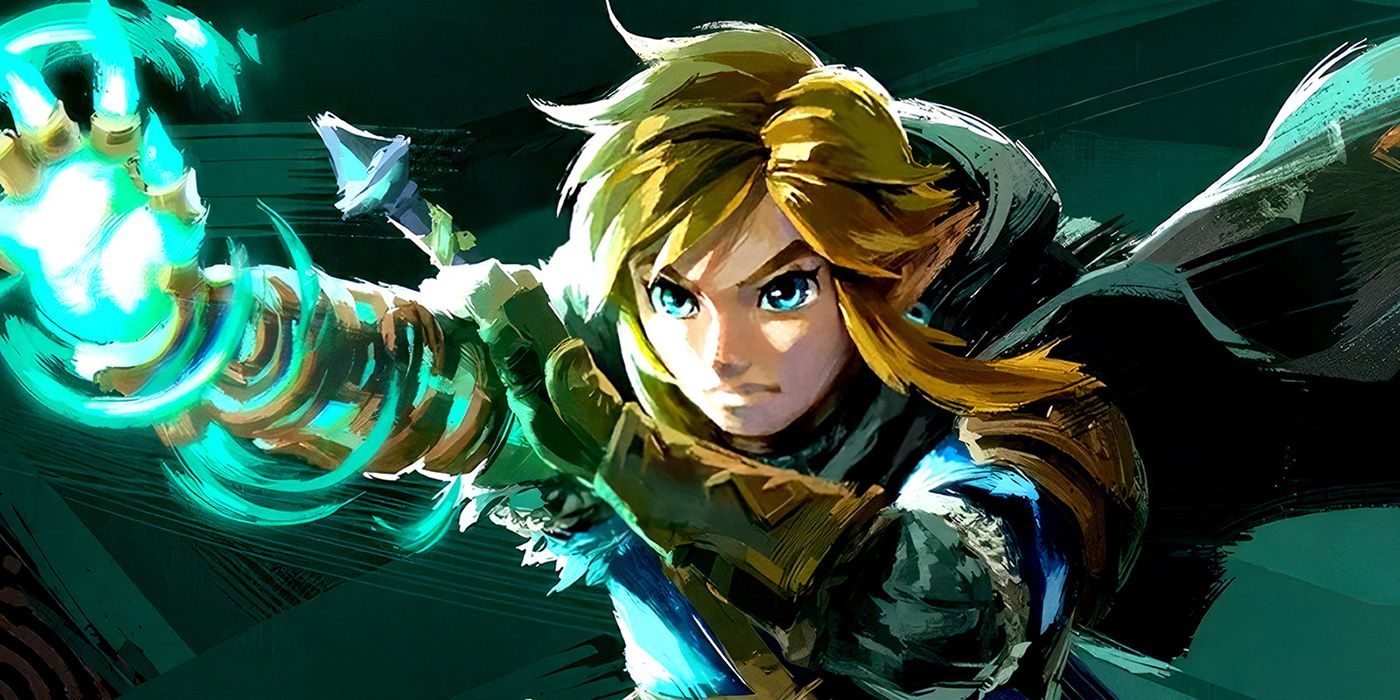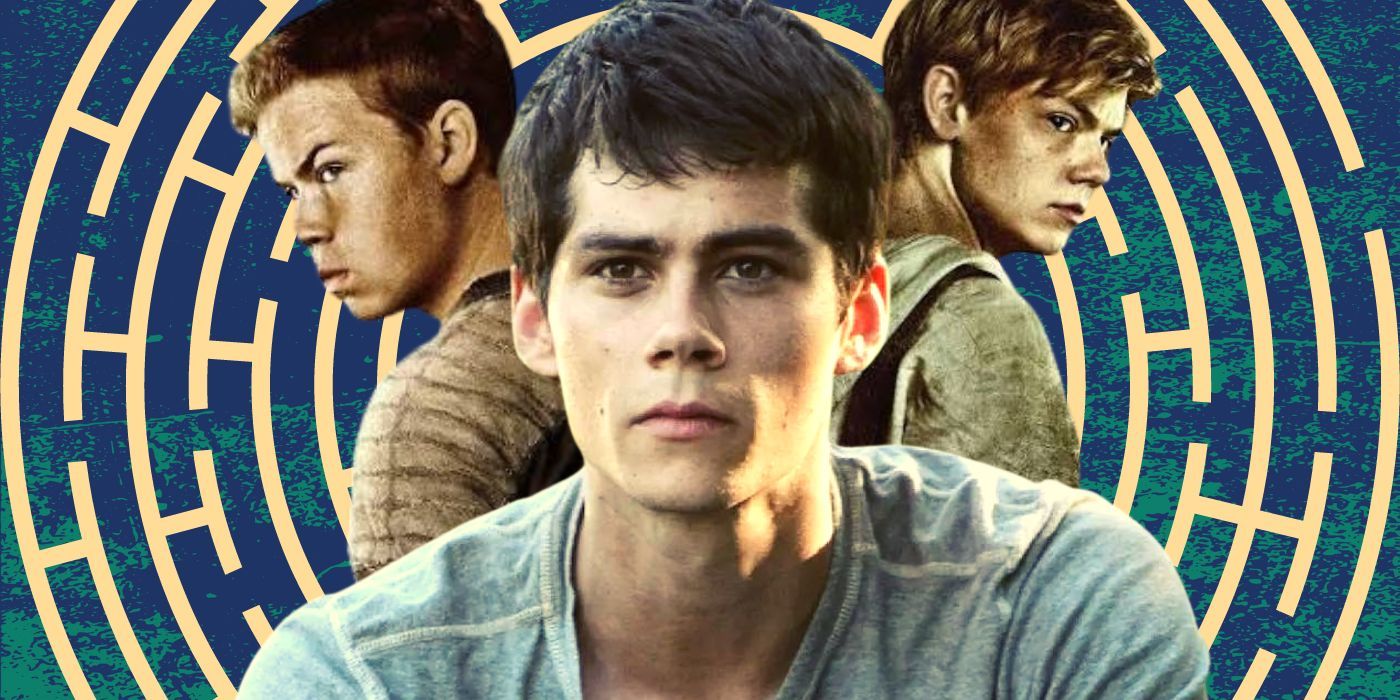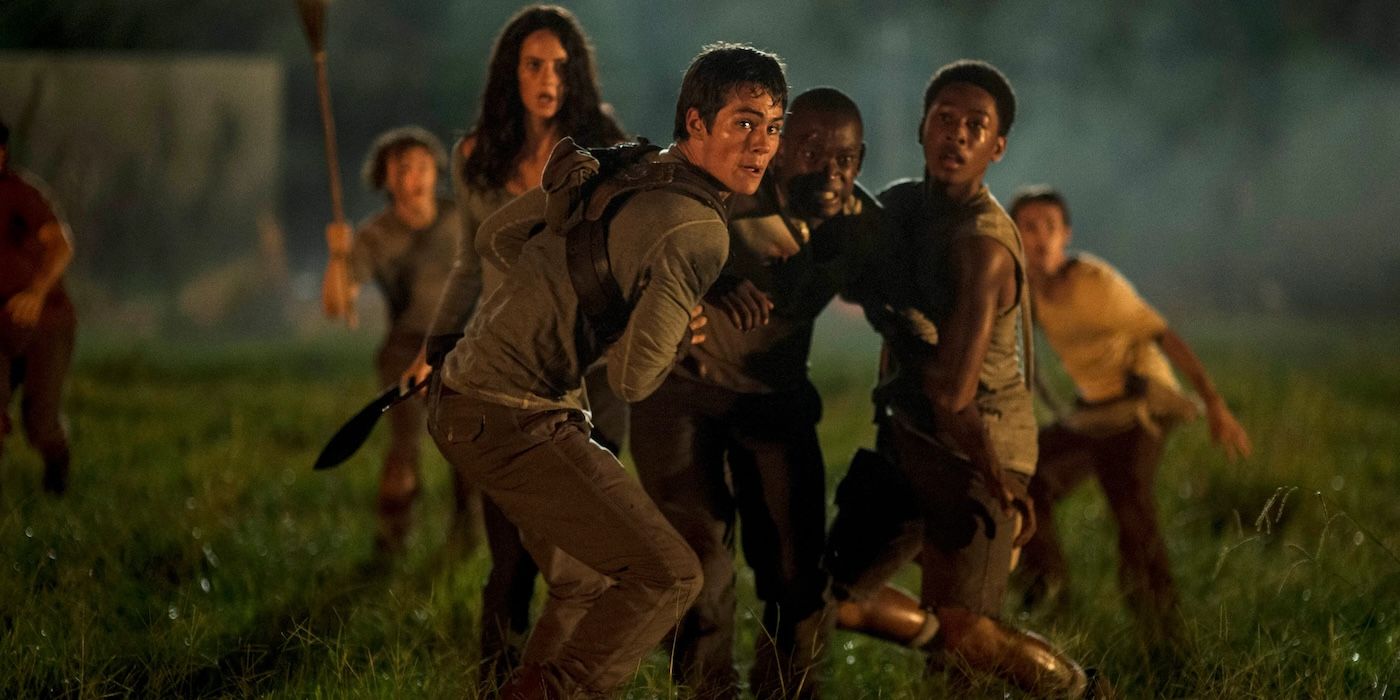The Big Picture
- Wes Ball's strong directorial choices in The Maze Runner films enhanced character development and visual style.
- The films focused on problem-solving over exposition, creating a stronger connection with the characters.
- The standalone nature of each film in The Maze Runner franchise showcases Wes Ball's respect for audience engagement.
To say that anticipation is high for Kingdom of the Planet of the Apes would be a significant understatement. The Planet of the Apes franchise is one of the most influential in science fiction history, and the most recent prequel trilogy starring Andy Serkis featured groundbreaking motion capture effects that changed the industry forever. The strong directorial choices made by filmmakers Rupert Wyatt and Matt Reeves ensured that any new installment in the series had a high bar to clear, but Kingdom of the Planet of the Apes has a strong director behind it. Before the science fiction prequel, director Wes Ball helmed all three installments of The Maze Runner franchise.
In the aftermath of the overwhelming success of the Harry Potter and The Hunger Games sagas, Hollywood became too desperate to turn popular young adult novel series into multipart franchises. Unfortunately, replicating the success that these stories had on the page proved to be a difficult task. Some attempted novelizations like The Divergent Saga and The Giver were cut off before they could be given a proper conclusion. However, Ball added a depth of characterization and gritty visual style that made The Maze Runner films stand out compared to other dystopian series.

The Maze Runner
- Release Date
- September 10, 2014
- Director
- Wes Ball
- Cast
- Dylan O'Brien , Aml Ameen , Ki Hong Lee , Blake Cooper , Thomas Brodie-Sangster , will poulter
- Runtime
- 113
What Is ‘The Maze Runner’ About?
The Maze Runner takes place in a dystopian future where the majority of Earth's surface has been devastated by a solar flare. In order to properly train the next generation of humanity's leaders, the enigmatic governmental organization known as “WCKD” has trapped a group of adolescents in a giant maze-like structure and wiped their memories. While it’s hardly the first post-apocalyptic young adult adaptation, The Maze Runner films succeeded because Ball emphasized problem-solving over exposition. The origin of the planet’s climate crisis isn't revealed until the end of the first film, as it primarily focuses on the characters’ plight to escape from various traps within the maze. Ironically, limiting the contextual information helped Ball ensure that the audience bridged a stronger connection with the characters, as they are all exposed to the same amount of information.
There’s a significant amount of spectacle that comes with lifting the intricately designed world of James Dashner’s novel series, but Ball manages to get strong performances from his entire ensemble cast. Dylan O’Brien is well-cast as Thomas, a teenager with a mysterious past who suffers from nightmares about his time before being trapped in the maze. Thomas’ reluctance to accept the responsibilities of leadership makes him a dynamic, flawed protagonist. Similarly, Thomas’ chief rival Gally (Will Poulter) is more than just a standard “bully” character. He raises compelling points about Thomas’ flaws, and pushes the other adolescents to be more aggressive in their survival techniques. Gally is a great antagonist because he is ultimately a pawn, as it becomes evident that he sacrificed his livelihood to participate in an elaborate ruse.
‘The Maze Runner’ Is a Gritty Science Fiction Series
The notion that humanity’s fate lies in the hands of a few teenagers is perpetrated throughout every young adult adaptation, but The Maze Runner justifies its focus on young characters. The films show how WCKD plays upon the characters’ innocence, as they don’t seek to question the parameters of their entrapment. While undercover the riddles of the maze inspires the group to work together, it also leads to conflicts that mirror the errors made by adults. The maze itself can be seen as a metaphor for adulthood. Upon escaping the labyrinth, the characters venture into a more complex world in the second film, The Maze Runner: The Scorch Trials. The sequel introduced the concept of multiple mazes throughout the world, and it served as a crushing reminder that any of the character’s lives are expendable when the future is at stake.

Wes Ball Plans to "Create a World People Want to Visit" With His 'Zelda' Movie
The director also discusses how he plans to cast the incredibly important role of Link.Even within the confines of a PG-13 rating, Ball manages to incorporate some shocking moments of violence within The Maze Runner films. Several characters perish within the initial breakout phase, and the final film, Maze Runner: The Death Cure, features a large-scale battle where the teenagers must engage in battle with armed soldiers. Ball manages to incorporate intimate, quiet moments between Thomas and his love interest Theresa (Kaya Scodelario), throughout which they reminisce about what their life would have looked like had they been born in a different era. It serves as a consistent reminder of their innocence, which somewhat makes the subsequent tragedies more heartbreaking.
It helps that Ball treats each film as a standalone story without obvious nods to future installments. The first two films end with an acknowledgment that Thomas and his friends have only unlocked one level of the larger conflict, with subsequent revelations about WCKD’s policies only complicating their understanding of who really has the power. The standalone nature of each film signifies Ball’s respect for his audience, proving he wasn’t going to tease later films without ensuring the viewer’s engagement.
Wes Ball’s Worldbuilding Enhanced ‘The Maze Runner’ Franchise
While many franchises trade out directors with every subsequent installment, The Maze Runner films have a consistent tone because Ball directed all three. Ball constructs a haunting version of the future in which sparse resources have been utilized purely for the sake of survival, as there’s a tactile quality to the technology that emphasizes form over function. The incorporation of some moments of body horror and propulsive chase sequences only further distinguish his talents as an auteur.
The Maze Runner may not have been the phenomenon that Harry Potter or The Hunger Games were, but Ball’s involvement with the franchise has led to further career opportunities. Shepherding the next installment of the Planet of the Apes saga is not a task that would be handled lightly, but Ball’s ability to establish a wholly unique world within The Maze Runner signified that he was up to the task.
The Maze Runner is available to rent on Amazon in the U.S.


